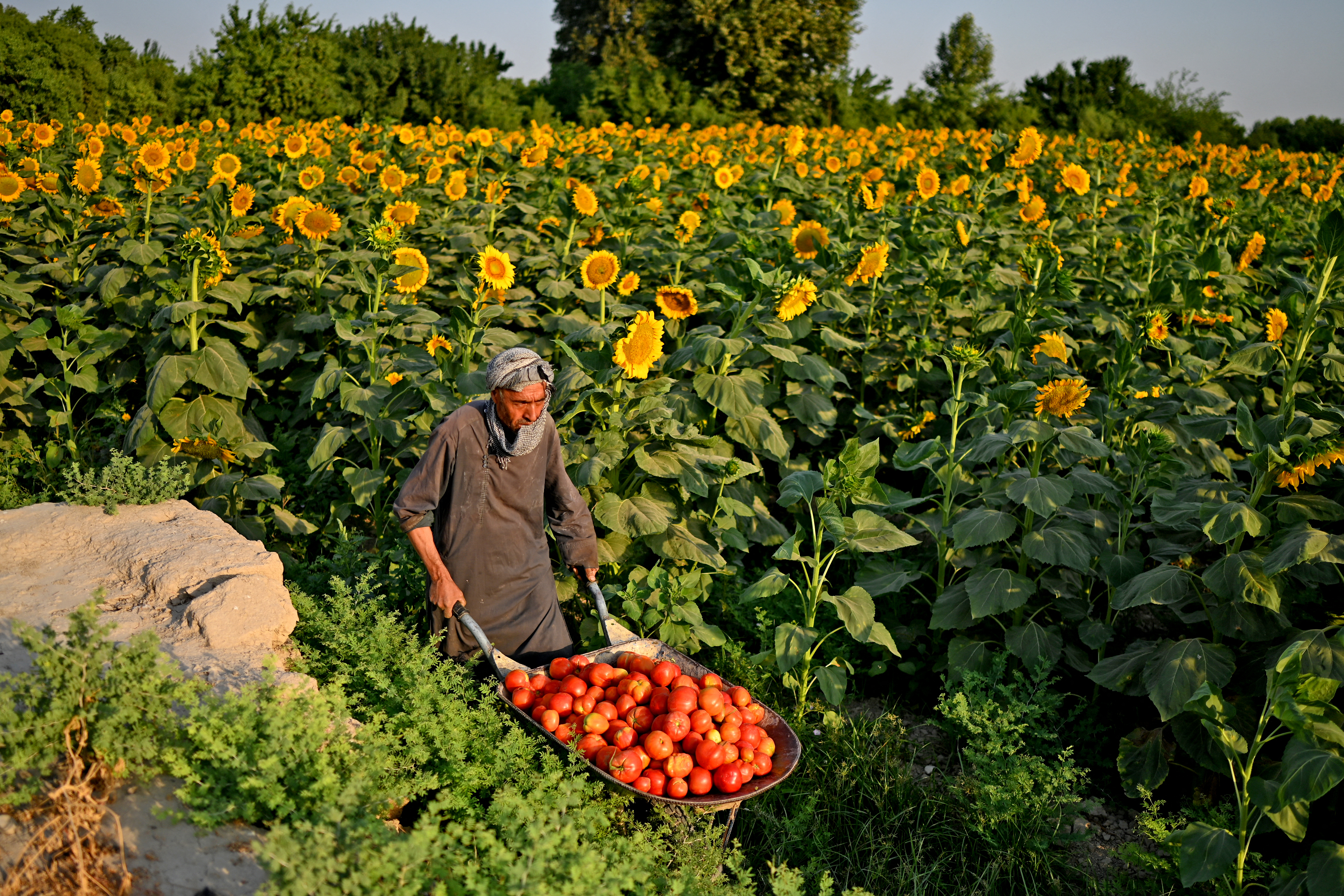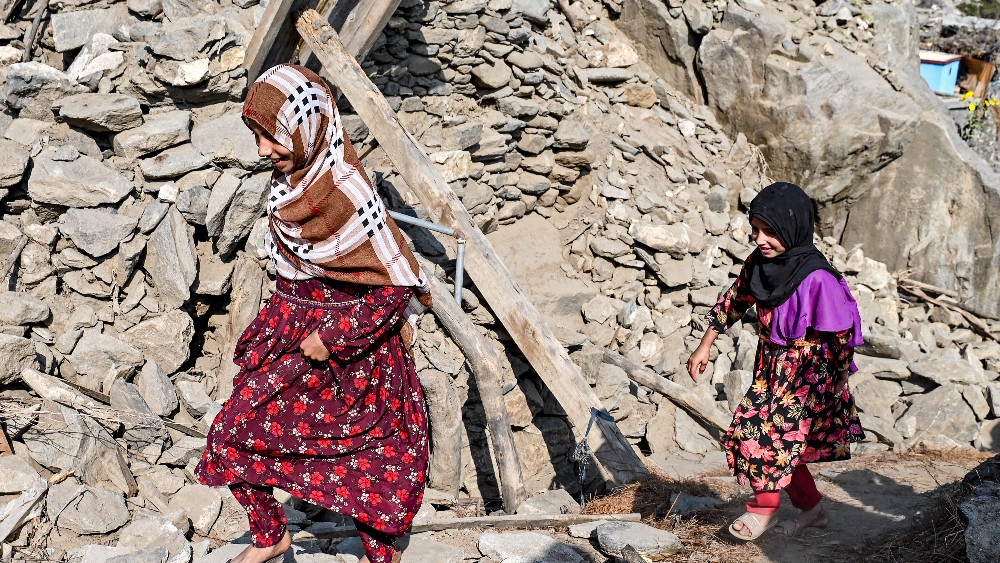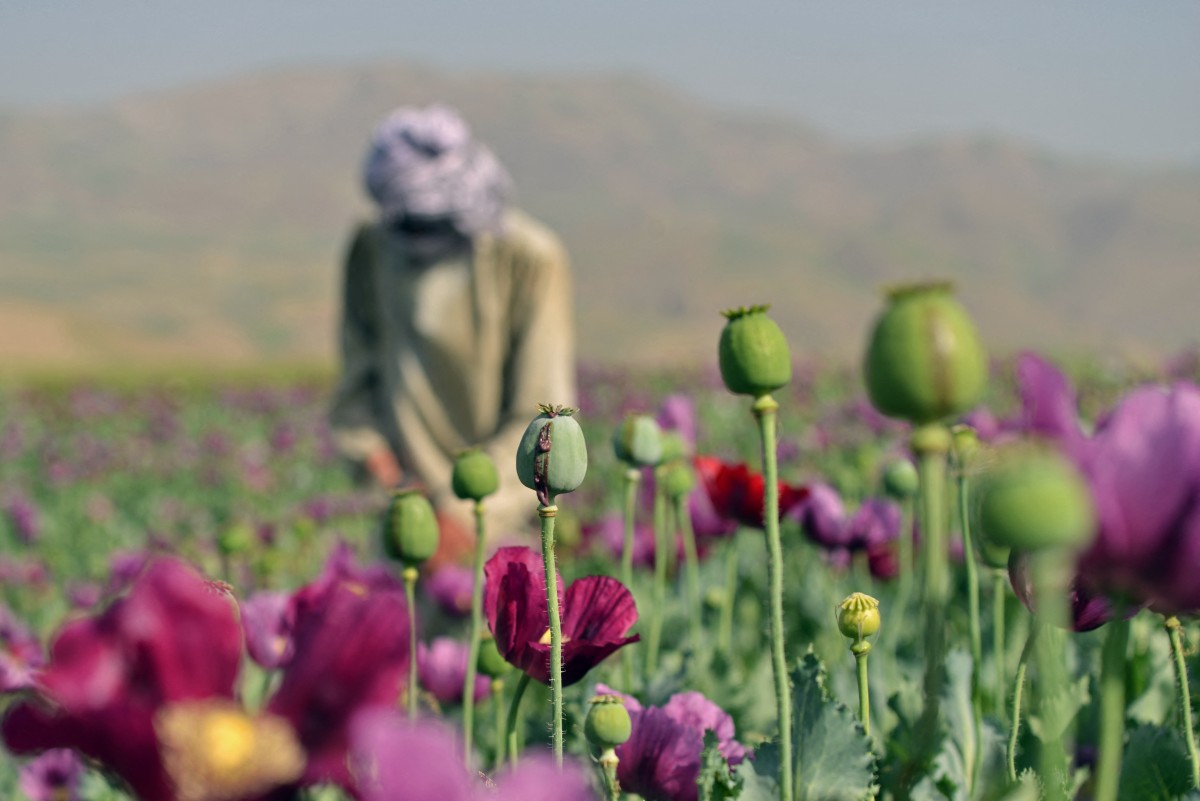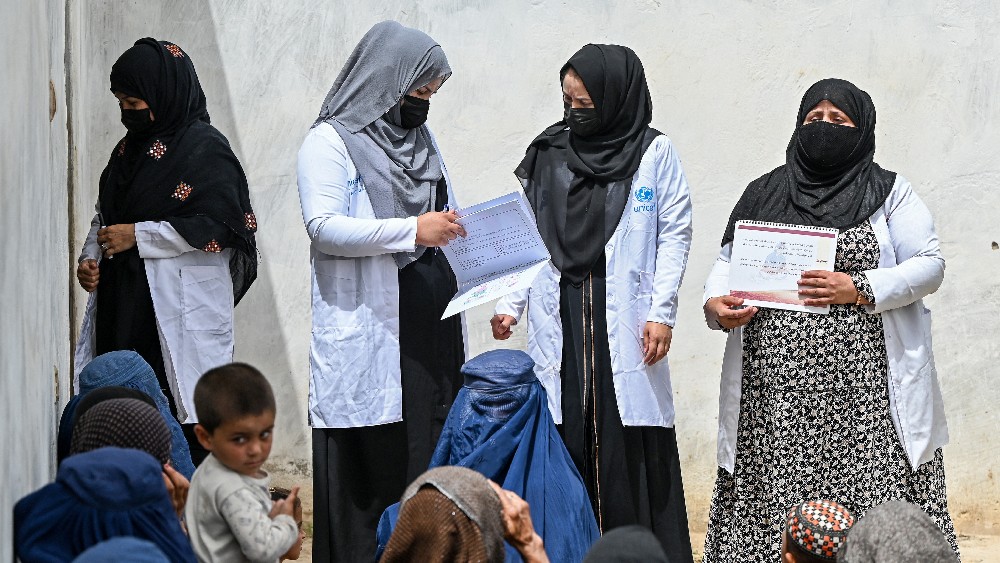ISLAMABAD: Essential food prices across Afghanistan continued to rise in early November, with tomatoes leading the increase, up 35% from last year, according to the World Food Programme's latest weekly market report.
The price increases are squeezing household budgets nationwide as border disruptions with Pakistan and fuel supply constraints push up the cost of necessities.
Key price increases
Diesel fuel jumped 28% compared to last year, now averaging AFN77.2 ($1.16) per liter. Palawi rice, the preferred long-grain variety, rose 14%, while salt increased by the same amount. DAP fertilizer, essential for farmers preparing for the planting season, climbed 12%.
The government's recent ban on importing low-quality fuel reduced supply and raised diesel prices. Ongoing border tensions with Pakistan disrupted the flow of goods into the country, while the temporary closure of the Salang Tunnel increased transportation costs.
Despite these year-over-year increases, week-to-week changes remained modest. Palawi rice increased 1.7%, wheat grain rose 1.7%, and tomato prices actually dropped 5.1% from the previous week, reflecting normal seasonal fluctuations.
Regional differences
Prices varied significantly across Afghanistan's 34 provinces. Ghazni recorded the highest weekly increase in wheat grain at 11%, while Bamyan saw prices fall 7%. Diesel ranged from AFN85 ($1.28) per liter in Nuristan to AFN66 ($0.99) in Nimroz.
Not all commodities increased. Onion prices dropped 32% compared to last year, while bread declined 5% and sugar fell 3%.
Struggling workers
According to the WFP report, the labor market continued to worsen. Casual laborers can now find work an average of just 2.3 days per week, with daily wages of AFN308 ($4.64) for unskilled work. Both figures declined from last year, highlighting rising unemployment and limited income opportunities.
A daily wage now buys 11 kilograms of low-price wheat flour, down from 12.5 kg last year. When accounting for limited working days, the actual purchasing power is 3.6 kg per day — a 21% year-over-year decline.
The influx of people returning to Afghanistan has added pressure to an already tight labor market.
Mixed signals
The Afghan currency strengthened 2% against the US dollar over the past year, now trading at AFN66.5 per dollar. However, this has not translated into lower domestic prices, creating a widening gap between local and dollar-based costs.
The WFP's standard food basket, tracking essential commodities, currently costs AFN5,602 ($84.36) — slightly below the benchmark set in May 2024.
Wheat grain and flour prices remain 11% to 13% lower than before the government transition in 2021, though most other food items cost more than during that period.
Agricultural outlook
Fertilizer and seed prices remained relatively stable week to week. Urea fertilizer costs AFN1,625 ($24.47) per 50 kg, while improved seed averages AFN1,855 ($27.94) for the same amount.
A one-year-old female sheep, tracked as a measure of pastoralist purchasing power, averaged 7,866 AFN ($118.46) per head, down 2% from last year.









